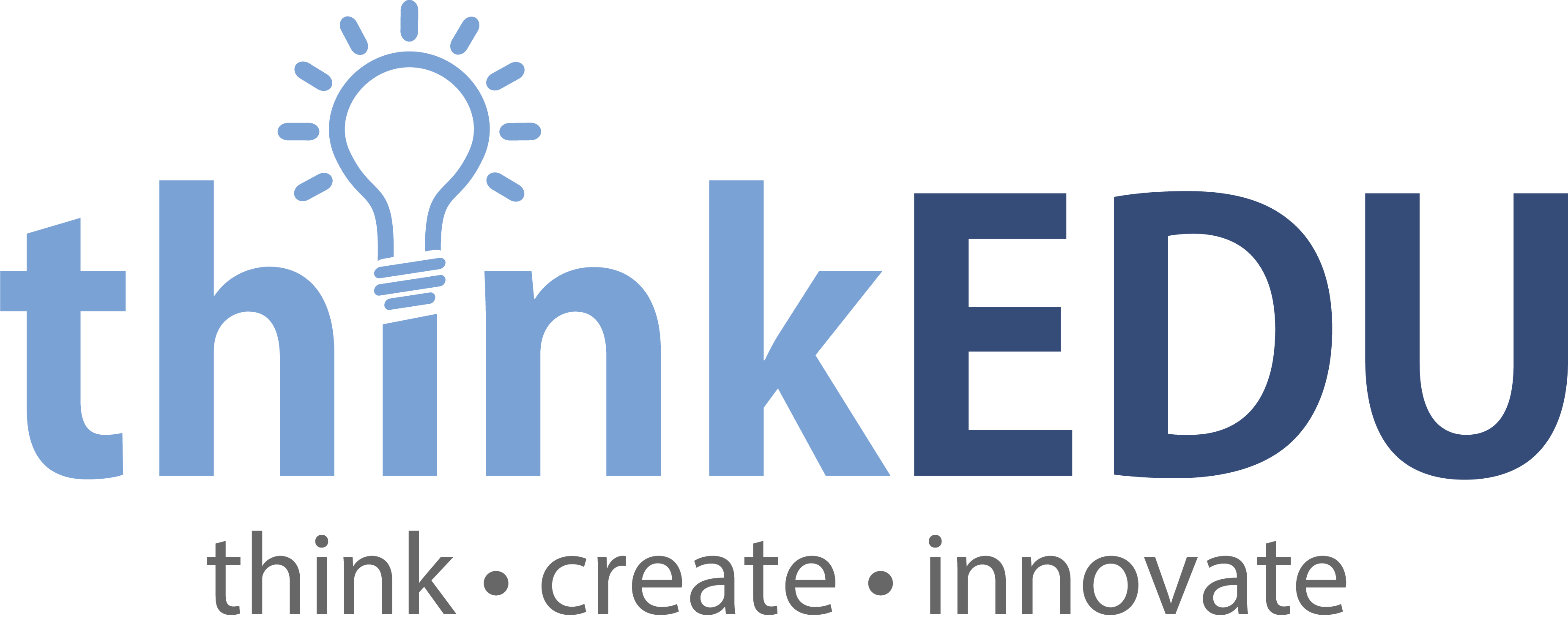
Unity Certified Associate - Artist Exam Voucher
Shipping calculated at checkout.
SKU: UNITY_UCA_A
Prerequisites
·
2-3 semesters of
post-secondary Unity classwork or equivalent independent study
·
Portfolio containing a
diverse range of completed Unity projects
·
Capable of installing
and configuring Unity software
·
Understand digital art
and fine art theory
·
Understand 3D modeling
and associated file types
Prerequisites
·
2-3 semesters of
post-secondary Unity classwork or equivalent independent study
·
Portfolio containing a
diverse range of completed Unity projects
·
Capable of installing
and configuring Unity software
·
Understand digital art
and fine art theory
·
Understand 3D modeling
and associated file types
Exam
details
The exam is based on Unity
2019 LTS
The exam is based on Unity 2019 LTS
What’s
on the exam?
You can expect to see
questions covering these tasks:
You can expect to see
questions covering these tasks:
Asset Management
- Import
and adjust Import Settings on assets including but not limited to assets
such as rigged objects, tangents, associated textures, and target/blend
shapes
- Modify
assets using the Inspector including but not limited to scripted
Components, animation, and materials
- Import
and configure assets from the Unity Asset Store and/or custom packages
- Utilize
the Sprite Editor, Tilemaps, Unity UI, and UI Elements,
- Utilize
Animator functions including states, parameters, transitions, and blend
trees
- Utilize
Level of Detail (LOD)
- Given
a scenario, optimize scene art assets for different build targets
including standalone, mobile and web
- Import
and adjust Import Settings on assets including but not limited to assets
such as rigged objects, tangents, associated textures, and target/blend
shapes
- Modify
assets using the Inspector including but not limited to scripted
Components, animation, and materials
- Import
and configure assets from the Unity Asset Store and/or custom packages
- Utilize
the Sprite Editor, Tilemaps, Unity UI, and UI Elements,
- Utilize
Animator functions including states, parameters, transitions, and blend
trees
- Utilize
Level of Detail (LOD)
- Given
a scenario, optimize scene art assets for different build targets
including standalone, mobile and web
Lighting, Cameras, Materials
and Effects
- Create
and edit materials including but not limited to different shaders such as
different components of the Shader Graph
- Identify
advanced lighting including but not limited to soft shadow width, bias,
flares, halos, occlusion layers, and light shapes
- Given
a scenario, determine the appropriate lighting techniques including global
illumination, light mapping, baking, reflection probe, and light probe
- Create,
modify, and optimize particles and post-processing effects
- Utilize
multiple cameras including but not limited to split-screen gaming, maps,
map overlays, etc.
- Given
a scenario, determine the appropriate scriptable rendering pipeline that
should be used including but not limited to URP and HDRP
- Create
and edit materials including but not limited to different shaders such as
different components of the Shader Graph
- Identify
advanced lighting including but not limited to soft shadow width, bias,
flares, halos, occlusion layers, and light shapes
- Given
a scenario, determine the appropriate lighting techniques including global
illumination, light mapping, baking, reflection probe, and light probe
- Create,
modify, and optimize particles and post-processing effects
- Utilize
multiple cameras including but not limited to split-screen gaming, maps,
map overlays, etc.
- Given
a scenario, determine the appropriate scriptable rendering pipeline that
should be used including but not limited to URP and HDRP
Scene Content Design
- Create
and implement assets using built-in 2D and 3D game objects as well as
ProBuilder
- Create
finished-level art using terrain function, finished models, and colliders
- Create
and implement assets using built-in 2D and 3D game objects as well as
ProBuilder
- Create
finished-level art using terrain function, finished models, and colliders












